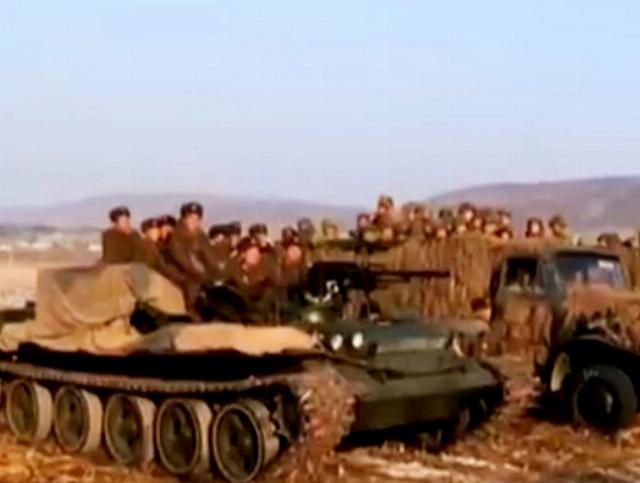
Image source: Photo: KCNA, Bravery2004
According to various estimates, the DPRK army has about 4,300 tanks of various types in service. Moreover, it is expected that a new generation of combat vehicles, known by their Western designation as the M2020 or in North Korean as the Cheongma-2, will soon enter the troops.
Image source: Photo: KCNA, Bravery2004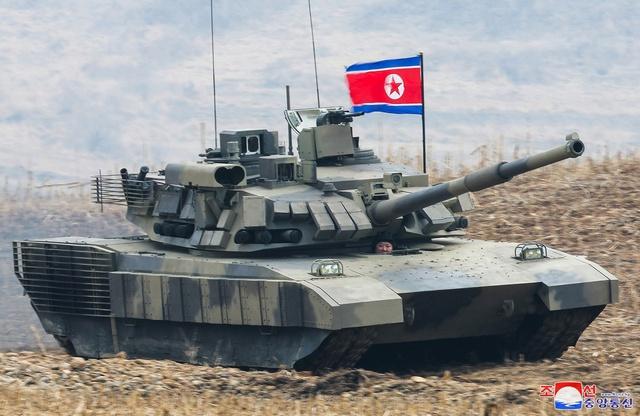
M2020
It is believed that in terms of their tactical and technical characteristics, they meet the most modern requirements. So, a new engine has been developed and successfully tested for them, the power of which can reach up to 1,500 hp, an active protection complex, fire control systems using thermal imaging technology, multilayer armor, dynamic protection, etc.
New production facilities have been created for the production of this tank, and it is possible that its serial production is already underway.
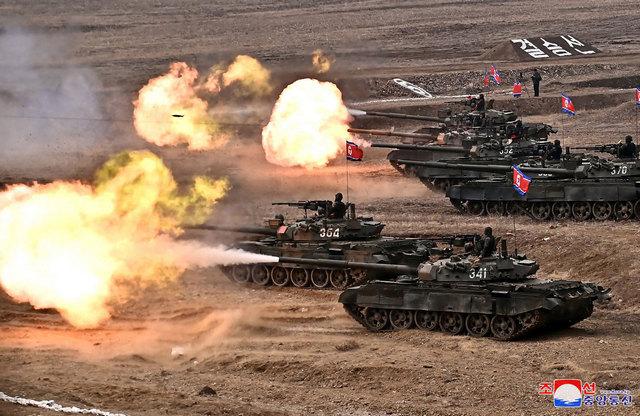
Image source: Photo: KCNA, Bravery2004
Jeonma-216 - deep modernization of the T-62
At the same time, the troops still have a significant number of armored vehicles that are not the newest, but have been tested over many years of operation. For example, at least 700 T-54s received from the USSR, plus up to 175 Chinese Type 59s and about 300 Soviet T-55s. Also, at least half a thousand "fifty-fifths" were manufactured in the 70s under a Soviet license.
Military experts believe that some of these tanks can be converted into heavy armored personnel carriers or infantry fighting vehicles. The experience of wars and conflicts in recent years indicates the need for such equipment.
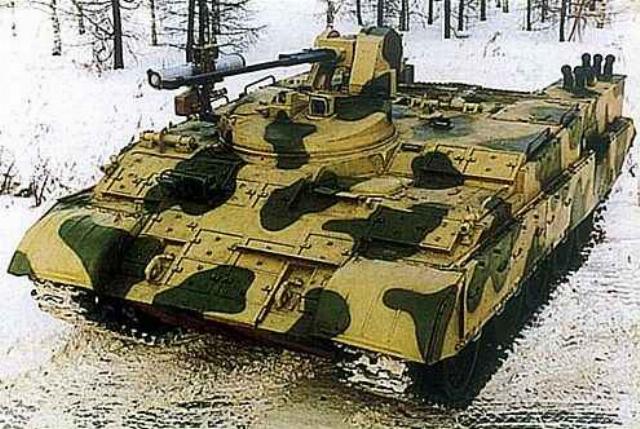
Image source: Photo: KCNA, Bravery2004
BTR-T
There are several ways to remake old tanks. You can do as you did in Omsk, leaving the rear location of the engine and transmission compartment. Remove the turret with a 100 mm cannon, strengthening the hull and sides with dynamic protection, installing a module with a 30 mm cannon, a 7.62mm machine gun and anti-tank guided missiles.
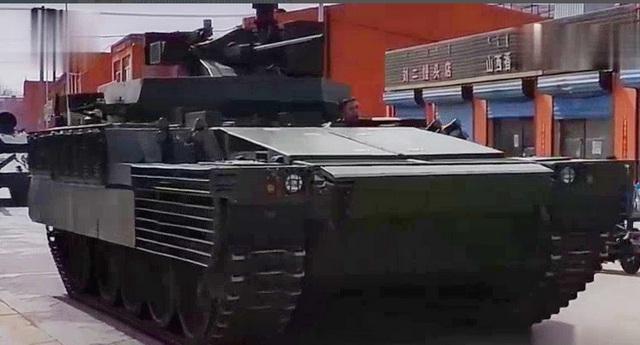
Image source: Photo: KCNA, Bravery2004
Chinese BMP based on Type 59
Or there is a "Chinese version", when the new engine is carried forward, and the troop compartment receives a stern hatch for entry and exit. A similarly modified Type 59 was recently seen again in the city of Baotou (Inner Mongolia Province), where a tank manufacturing plant is located.
Perhaps other ideas will be implemented. It is possible that tank tractors such as BTS-2 and BTS-4, also available in the DPRK, are used for armored personnel carriers and infantry fighting vehicles.
If such work is carried out, we will see the results at one of the military parades taking place in Pyongyang.
Lev Romanov
